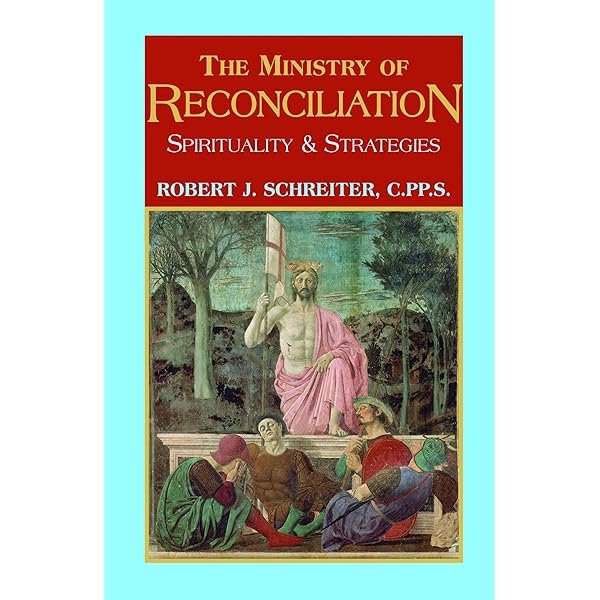SEPTEMBER 30 - National Day for Truth and Reconciliation
Truth plus Reconciliation equals hard work, openness, forgiveness and a change in behaviour.
In 2015, the Truth and Reconciliation commission provided the Canadian people with specific guidelines in the 94 Recommendations that were drawn up. The 3 minute video “Reconciliation Thunder” outlines a systematic update of where each of the 94 Calls to Action is at this point in the life of the inception of the TRC Recommendatations. https://mailchi.mp/dfd338566063/call-to-action-65?e=40d3797d18
These recommendations came as a result of the legacy of the Residential School system and the very traumatic harm done to some 6,000 Indigenous, Metis and Inuit children and their families.
If we colonizers, and victims, as well as the surviving families of the Residential School system can look at truth together, there can be an honest opening of the mind, which can lead to a softening of the heart, and then constructive action can follow. See below the 20 minute video “They Came for the children” from the series. ( http://www.kmproductions.ca/id.html)
If, after watching this, your heart is moved, please acknowledge that first to yourself, then possibly to others and perhaps constructive action may be able to follow.
If you are non-Indigenous, there may be guilt, shame for what some of our ancestors and our government and Church did in the past. If there is a genuine resolve to never let this happen again, a new harmony is possible.
If you are Indigenous, Metis or Inuit, as victims of this horrendous history, much healing is necessary in order for you to initiate the process of forgiveness.
Robert Schreiter in his book The Ministry of Reconciliation: Spirituality and Strategies, writes “It is through the victim that the wrongdoer is called to repentance and forgiveness. Seen from this perspective, repentance and forgiveness are not the pre-conditions for reconciliation, but are rather the consequences of it.” (p. 15) (Emphasis mine)
Orange Shirt Day is inspired by Phyllis Webstad’s story of how her new orange shirt was taken away from her when she arrived at the residential school near Williams Lake, BC in 1974 when she was only 6 years old. https://orangeshirtday.org/phyllis-story/
Eddy Charlie and Kirsten Spray, two Indigenous Studies students at Camosun College made this public and initiated Victoria Orange Shirt Day in 2015.
When we wear an orange shirt or ribbon for Sept. 30th, we are saying loud and clear that this day acknowledges that residential schools are a part of our history. Wearing an orange shirt is a national movement to recognize the experience of those who went to Indian residential schools, to honour them, and show a collective commitment to ensure that Every Child Matters.
-Sister Kathleen Lichti, csj










